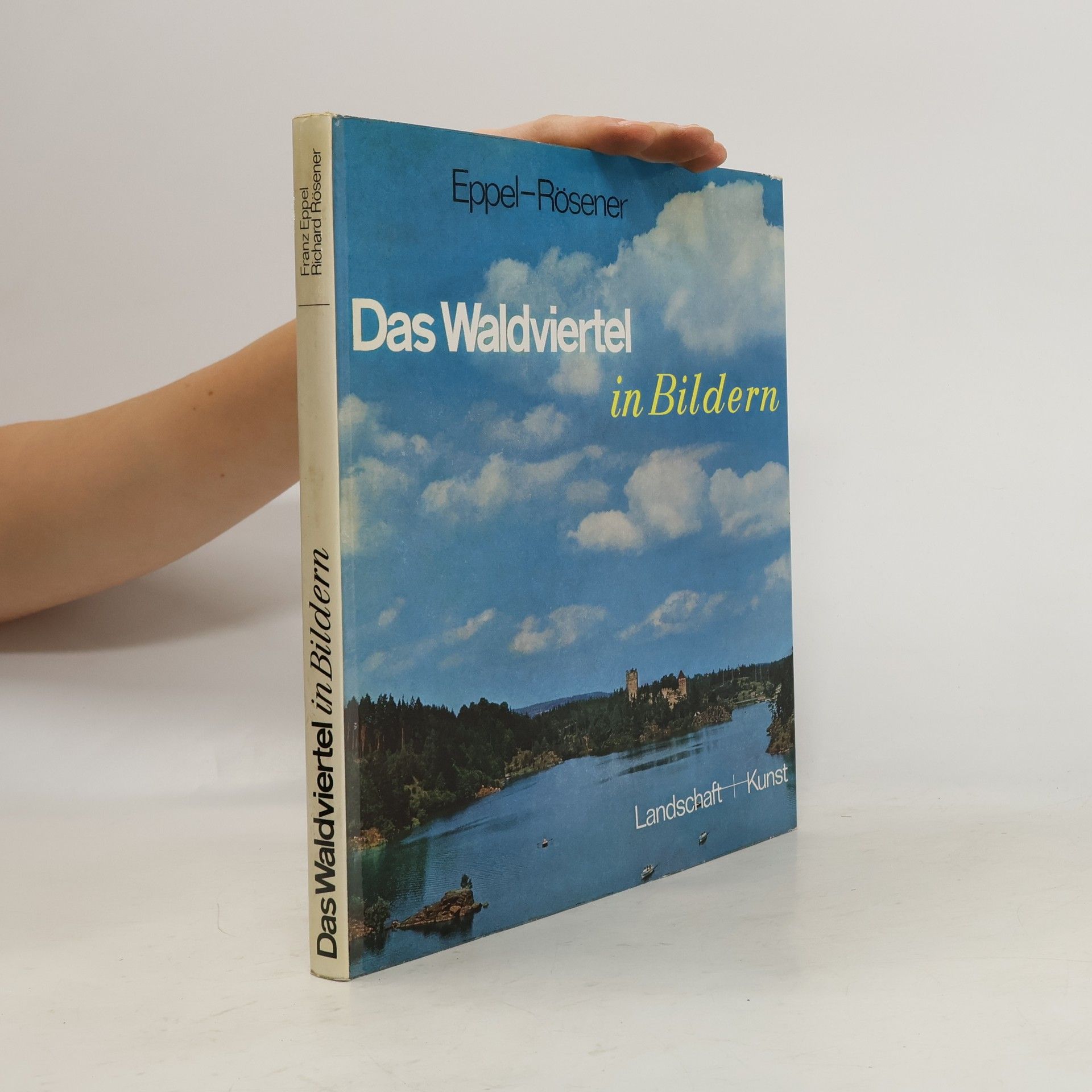In der »Geschichte der Jagd« beschreibt Werner Rösener die Entwicklung der Jagdkultur von der Frühgeschichte bis zur Gegenwart. Der opulent bebilderte Band beleuchtet die Jagd als Nahrungsquelle, Statussymbol und Freizeitvergnügen, widerlegt Klischees und betrachtet verschiedene Epochen, einschließlich des Mittelalters und der Renaissance.
Werner Rösener Book order






- 2024
- 2014
850 Jahre Zisterzienserkloster Tennenbach
- 304 pages
- 11 hours of reading
Ein guter Sammelband zur Geschichte des Klosters Tennenbach Dieser Sammelband vereint eine Reihe von Beiträgen, die sich mit unterschiedlichen Aspekten der wechselvollen Geschichte der Zisterzienserabtei Tennenbach befassen und zentrale Fragen zur Geschichte der Abtei vom Mittelalter bis zur Moderne im Kontext der neueren Zisterzienserforschung und der südwestdeutschen Landesgeschichte beleuchten. Das um 1161 im Seitental der Bretten im nördlichen Breisgau gegründete Zisterzienserkloster entwickelte sich im Mittelalter zu einem reichen Kloster, das in vielen Orten begütert war und spirituell intensiv auf seine Umgebung ausstrahlte. Nachdem Tennenbach im Zuge der Säkularisation an das Großherzogtum Baden gefallen war, wurden das noch immer bedeutende Kloster aufgehoben und die Klostergebäude einige Jahre später auf Abbruch versteigert.
- 2014
Die Beiträge dieses Sammelbandes gehen auf eine Tagung zurück, die – an den 700. Todestag Abt Ulrichs II. von Seelfingen anknüpfend – im Oktober 2011 in Salem stattfand. Hier werden Hauptaspekte der Geschichte Salems unter Abt Ulrich II. und vielfältige Fragen zur allgemeinen Entwicklung der Reichsabtei während des Mittelalters im Kontext der neueren Zisterzienserforschung erörtert: Von umweltgeschichtlich und herrschaftspolitisch ausgerichteten Studien, wirtschafts- und kulturgeschichtlichen Analysen über kunst- und bauhistorische Beiträge bis zu Untersuchungen über Frömmigkeit und Spiritualität steht dabei die mittelalterliche Geschichte Salems im Spektrum der Forschungen. Die hier aufgezeigten neuen Erkenntnisse verdichten sich zu einem differenzierten Gesamteindruck der frühen Salemer „Erfolgsgeschichte“, wovon die eindrucksvolle Klosteranlage noch heute zeugt.
- 1993
Europas Geschichte steht auf den Schultern der Bauern. Sie haben buchstäblich den Boden der europäischen Kultur bestellt, die Ernährung von Stadt und Land getragen und den größten Teil der Bevölkerung gebildet. Bäuerliche Lebensformen haben jahrhundertelang die soziale Wirklichkeit geprägt. Der international renommierte Agrarhistoriker Werner Rösener legt mit diesem Band der Reihe „Europa bauen“ eine Geschichte des europäischen Bauerntums von den frühmittelalterlichen Anfängen bis zur Gegenwart vor.
- 1985
Bauern im Mittelalter
- 335 pages
- 12 hours of reading
Die Bauern haben zwar den größten Teil der mittelalterlichen Gesellschaft in Europa gebildet - ihre Lebensverhältnisse jedoch standen lange im Schatten der Geschichtsschreibung.§Der Historiker Werner Rösener legt hier eine umfassende Geschichte der mittelalterlichen Bauernwelt vor. Der bäuerliche Alltag in Haus und Hof, Familie, Dorf und Nachbarschaft, in Wirtschaft und Gesellschaft des Mittelalters wird hier eindrucksvoll und anschaulich dargestellt.